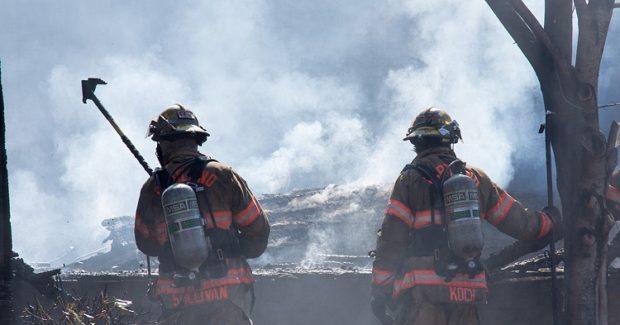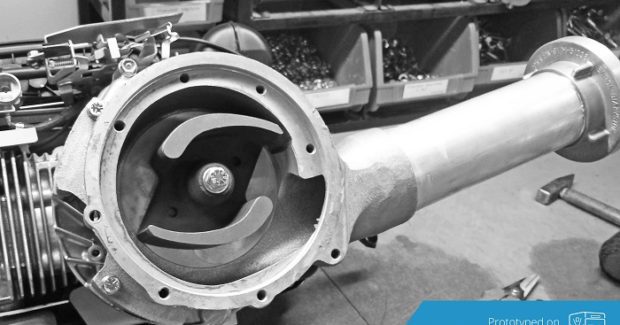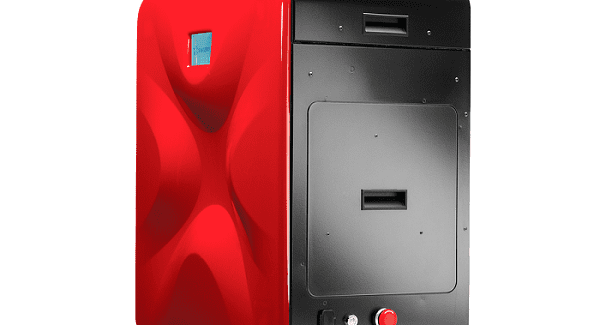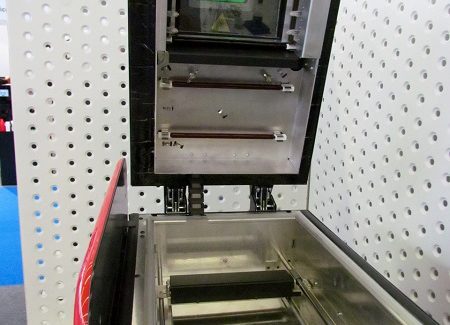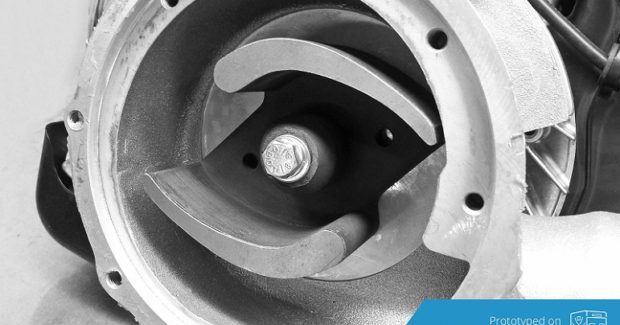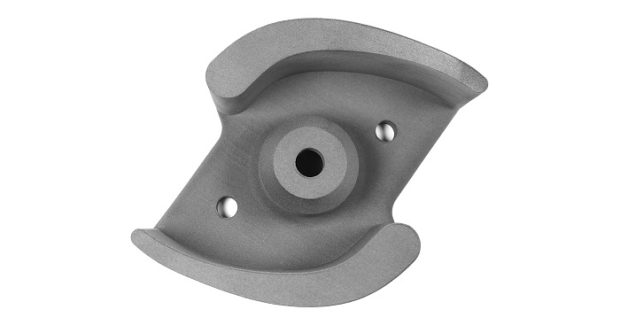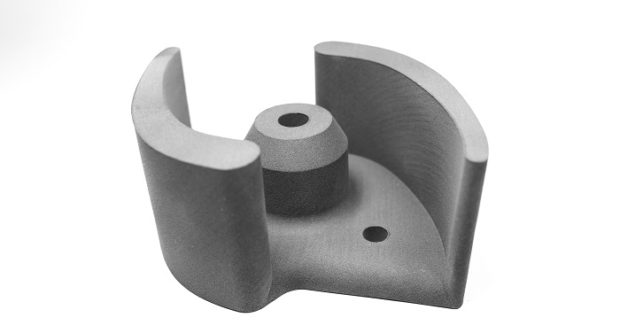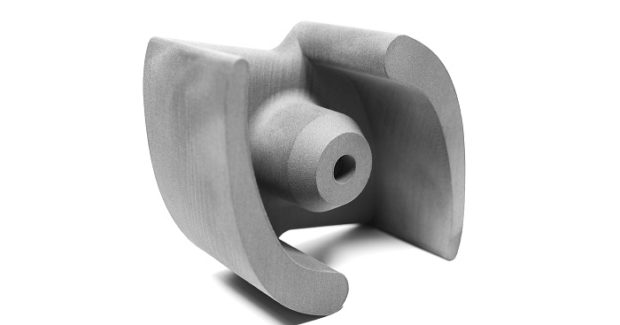How 3D Printing is Used to Help Fight Wildfires
Firefighters need high quality equipment that they can depend on, especially on the eve of wildfire season. For them, fast and effective water flow is essential, and here’s a closer look at how 3D printing and selective laser sintering technology helped redesign a water pump rotor three times faster than in the usual prototyping process.
Posted: June 30, 2018
Officials of Los Padres National Forest in Goleta, California, recently announced that the largest raging wildfire in the state’s modern history was officially out, more than six months after its blazing start in December 2017. That’s great news, but the last three years have been extremely hot and this year seems to be the warmest of them all, which is the reason why meteorologists expected more severe weather as the wildfire season began in early June and warned that this is the high time to be prepared. Natural disasters can wreak havoc and bring great damage, especially dangerous ones like conflagrations or wildfires that cause injuries, burns, trauma or even death for both human beings and the animals that live in forests. These calamities can reduce the amount of natural resources, deteriorate their remaining quality and generate costs that include direct losses per 2.5 acres up to $5,000, with indirect (ecological) losses estimated to reach up to $25,000, according to the Forest Research Institute, Inc. (New York, NY).
Since 1970, the development of new firefighting equipment has increased rapidly thanks to advanced technology. Rescue teams are now safer, can operate in a more dangerous environments and can reach more fire victims. Water pump optimization has improved to save more lives, but water and its proper flow are still the most critical parts of any firefighting action. While coping with wildfire, rescue and firefighting units often use floating pumps to push significant amounts of water, as much as 317 gallons per minute. To achieve this performance, it is necessary that every detail of these pumps be correctly designed and produced to optimize pump operations, primarily by correlating their operating characteristics (pressure, efficiency) with engine operation (power, engine speed, etc.). To address this optimization challenge, the redesign of the shape of the rotor blades of the pump was essential.
In the typical prototype process, rotor construction had to go through eight successive development stages that included both 2D documentation and the subsequent execution of the casting and its processing. By switching to a Lisa desktop 3D printer that uses selective laser sintering technology, the pump producer reduced the number of stages needed to only two: the digital implementation of the 3D model and the physical execution of the 3D printed rotor blade. The printed element achieved a regular surface and, thanks to the isotropic properties of SLS powder and its mechanical parameters, was ideal for providing real-life tests to confirm the final shape of the pump. The production process of the rotor blade was significantly accelerated by omitting machining and polishing, as well as the drilling and tapping of holes. In fact, rotor production was 30 percent faster with SLS 3D printing.
Reducing the number of activities performed to only two stages assured high precision of the SLS 3D printed rotor with no need for extra post-production processes – an excellent choice for the pump producer. And if the new rotor shape needs to change, design alterations can be made fast and easy with the 3D software . . . and quick response is what fighting wildfires is all about.





